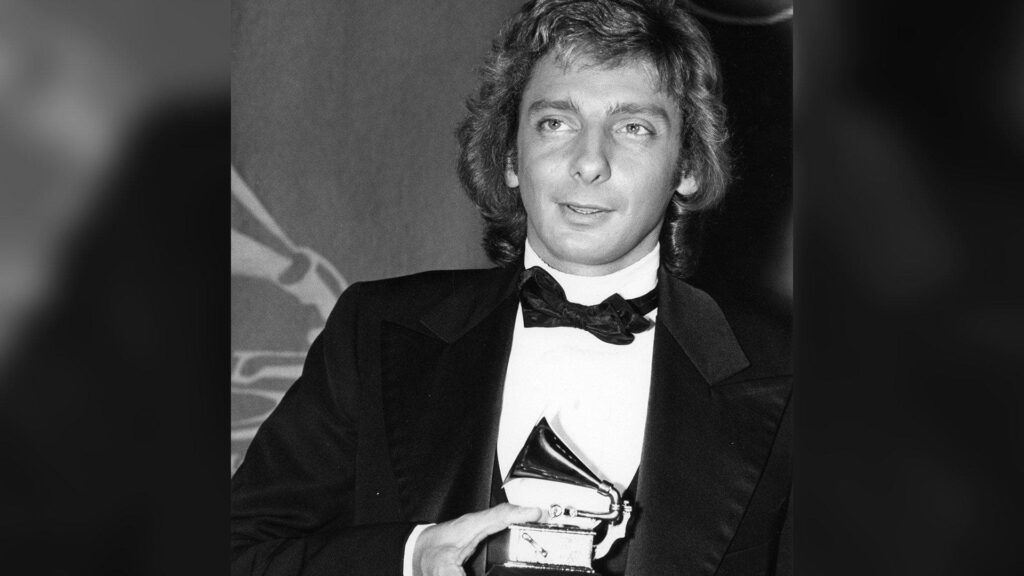
Where Glitter Met Grit: The Sizzling Saga of Copacabana – A Tale of Love, Loss, and the Dance Floor’s Last Call
In the sultry summer of 1978, Barry Manilow’s Copacabana (At the Copa) strutted onto the charts, peaking at No. 8 on the Billboard Hot 100 and earning a Grammy for Best Male Pop Vocal Performance in 1979. Released in June as the lead single from his album Even Now, which hit No. 3 on the Billboard 200, it was a glittering departure from his usual balladry, selling over a million copies and going gold. For those of us who tuned in, it was a Technicolor escape—a song that spun a story as vivid as a Saturday night fever dream, pulsing through car radios and disco halls with a beat that wouldn’t let go. Written by Manilow with lyricists Bruce Sussman and Jack Feldman, it’s a snapshot of an era when sequins and heartbreak danced cheek to cheek.
The birth of Copacabana was a stroke of showbiz serendipity. It started as a throwaway line in a 1977 interview—Manilow joking about a song set at the famous New York nightclub. Sussman and Feldman ran with it, crafting a mini-drama about Lola, a showgirl, and Tony, her bartender beau, set against the Copa’s neon glow. Recorded in early ’78 at A&M Studios in L.A., with Manilow co-producing alongside Ron Dante, the track fused his piano finesse with a Latin-tinged disco groove. The trio drew from old Hollywood musicals and the real Copacabana’s heyday—opened in 1940, a haunt for Sinatra and Martin—though the song’s tale of murder and faded glory was pure fiction. It was a labor of love, polished with horns and a chorus that begged for a twirl, born from late-night sessions where creativity burned brighter than the club’s marquee.
At its core, Copacabana (At the Copa) is a tragedy dressed in sequins—a story of passion snuffed out by jealousy, leaving a broken soul swaying in memory’s spotlight. “Her name was Lola, she was a showgirl,” it begins, pulling us into a world where love flares hot and fast, only to crash when “Rico went a bit too far” and Tony’s blood stains the floor. Thirty years on, Lola’s still there, “lost in her faded love,” a ghost in feathers and fringe. For us who lived it, it’s a bittersweet reel of ’78—disco balls spinning, polyester clinging, nights when the world felt alive with possibility until the lights dimmed. It’s about the cost of glamour, the way time turns even the brightest stars to shadows.
For those of us with creases in our faces and vinyl in our attics, Copacabana is a ticket back to a time when music told stories you could see. It’s the clatter of ice in highballs, the rustle of platform heels on sticky floors, the glow of a jukebox in a smoky corner. Manilow, the king of soft pop, threw us a curveball here—less weepy torch song, more cinematic saga—and we ate it up. It spawned a TV movie in ’85, a musical in ’94, but nothing beats that first spin, when the horns kicked in and we all became Lola for three minutes. As the years stack up, Copacabana (At the Copa) still sways in our bones—a reminder of when the dance floor was a stage, and every night held a chance for glory, or heartbreak, or both.